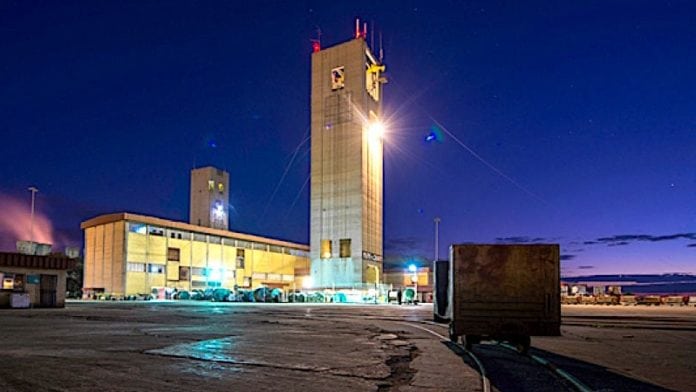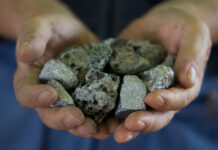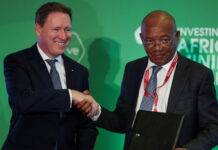
NOW we know what Harmony Gold intends doing with all that cash it’s built up since the gold price went into overdrive early in 2024.
On May 27 it unveiled an agreement to buy New York-listed copper miner MAC Copper for $1.08bn, representing a 20.7% premium on MAC’s closing share price on May 23 of $10.15 and a 32.1% premium on the 30-day volume-weighted average price of $9.28. MAC Copper owns 100% of CSA, a 41,000t a year mine in New South Wales, Australia.
Buying CSA builds on Harmony’s well-flagged diversification strategy. Added to Eva Copper, another Australian project, which Harmony bought in 2023, the miner will have a sizeable offshore footprint of 100,000t a year of copper from 2031.
In addition to maintaining production at a time when output starts to decline elsewhere in the portfolio — mainly South African gold — CSA generates cash flow from day one. This will help offset the costs of Eva’s development, details of which are due for publication later this year on completion of a feasibility study.
CSA’s contribution to Harmony would have represented 15% of pro forma group earnings before interest, tax, depreciation and amortisation (ebitda) in financial 2024 and 7% of ebitda for the 2025 half-year.
Then there’s the geographic diversification the transaction offers. CSA will reduce Harmony’s exposure to South Africa from 90% to 80% — a positive in the eyes of international investors, who view some of the group’s assets as technically challenging and rapidly ageing. The weighting to offshore production will be increased further with the Papua New Guinea copper-gold project Wafi-Golpu, a mammoth enterprise that it owns with US miner Newmont.
MAC comes with shortcomings, however. It appears the Australian firm found the funding of CSA, which it acquired from Swiss miner Glencore, a stretch. As a result, there is $150m debt on MAC’s balance sheet, which inflates the total acquisition cost to Harmony to about $1.3bn, including other transaction costs.
Harmony can easily finance this. The company has a $1.25bn bridging facility in place as well as R10.8bn in cash as of end-March, which is forecast to rise to about R13.5bn by June 30, according to an estimate by bank RMB Morgan Stanley. But MAC also entered into financing arrangements with Glencore that oblige it to make a bullet payment of $75m should the copper price average more than $4.25/lb for between 12 and 18 months, and another $75m should the price average $4.50/lb for 24 months, on a rolling basis. There is also a net smelter profit arrangement with Glencore and a metals streaming arrangement on silver by-products with another company, Osisko.
Asked if CSA’s pricing structure potentially caps much of the upside in Harmony Gold, CEO Beyers Nel said this had been “factored into our price”. He hoped the company could engineer itself through these obligations. “If we could unwind some of these [in the] longer term and kind of get them into a better position, that would be further upside to what we’ve got on our valuation range for ourselves,” said Nel.
The CSA mine has some technical challenges that have deterred companies with less experience of challenging operations than Harmony. Relatively deep — though only about 150m compared with 4km at Harmony’s Mponeng in South Africa — and 150 years old (elderly by any mining standard), CSA has capital needs that will require careful management. MAC has spent about $75m on CSA over the past two years.
There is a bottleneck with the ventilation shaft system that Nel said could take up to two years to fix. “Obviously, there are technical issues in Australia vs South Africa, but we think we’re uniquely positioned to bring our engineering expertise to the table,” he said. “It’s right up our alley to take a mine like that with our skill sets.”
In general, however, analysts like Harmony’s transaction. “Though funding related to the deal could add some near-term noise and uncertainty to Harmony’s investment case, we expect this deal to support its long-term valuation,” said Nedbank Securities analyst Arnold van Graan. He is, however, underweight Harmony shares, saying it is fully valued given the gold price gains.
Harmony hopes to complete the deal by the second quarter (ending December 31 2025) of financial 2026. MAC board members and the holders of 22.5% of total shares support the offer, provided no better offer is made. Harmony banks the deal if 75% of MAC shareholders vote in favour.
A version of this article first appeared in the Financial Mail.











